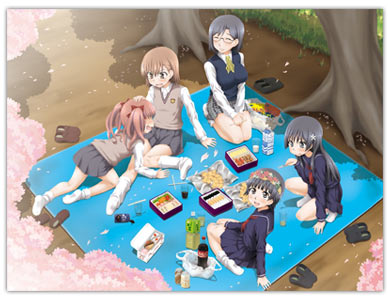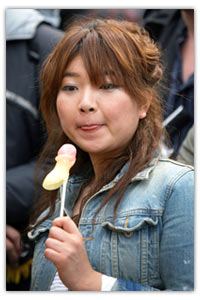It’s hanami season in Japan, a period of approximately ten days when the millions of cherry trees located in Japanese cities bloom with beautiful colors. As with most aspects of Japanese daily life, it can be fun to observe what cultural bits of information you can discover. At parks with cherry trees, different groups will spread out blue tarps for their members to sit on, and instantly each tarp takes on the properties of a little house. Since the surface of the tarp is considered “indoors” (uchi), people remove their shoes before stepping onto it, and there is a clear sense that the top of the tarp is “clean” while the dirt just beyond is “dirty” (since it is soto or “outside”). Females might even say ojama-shimasu as they step onto the tarp, which literally means “I apologize for disrupting you in your home” and is said when you enter someone’s house. Food and alcohol will be readied as the group prepares to contemplate the beauty of cherry blossoms, but they may need to engage in some ice-breaking first, as Japanese will usually show enryo, a kind of social hesitation at being the first to start eating and having fun.

A big blue tarp can teach you about Japanese culture.















